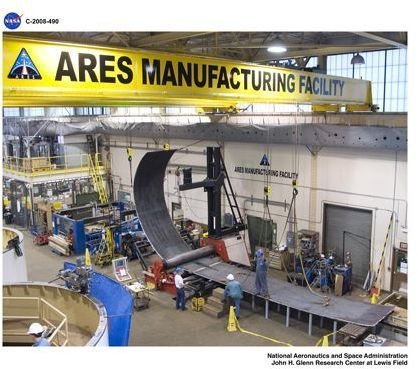An Overview of Manufacturing Overhead Calculation
Generally accepted accounting principles (GAAP) stipulate that the cost of product for inventory valuation and determining the cost of goods sold, is the sum of direct material costs, direct labor costs, and manufacturing overheads.
The assignment of manufacturing overhead costs to each unit produced, to comply with GAAP, is a challenging task, especially when there may be no direct relationship between the overhead and the product. For instance, factory-building tax, a component of manufacturing overhead cost, bases itself on the value of the factory and not to the number of units produced in the factory.
The manufacturing overhead rate calculation for a unit or batch of products entails:
- Adding all applicable overheads incurred for the period.
- Selecting a base .
- Calculating the material burden rate.
- Applying the material burden rate on individual products to estimate the per unit manufacturing overhead cost .
Image Credit: https://grcimagenet.grc.nasa.gov
Adding Overheads
Examples of manufacturing overhead costs, include costs of indirect labor, indirect materials, cost of machine repair, depreciation of plant and building, insurance, electricity, factory supplies, factory administrative costs (such as legal compliance costs), and more. The first step in manufacturing overhead calculation is adding up all such budgeted costs for the period under consideration.
Expenses that occur outside the factory, such as marketing and selling costs, and general administrative expenses, are not part of manufacturing overhead costs, and GAAP stipulates the inclusion of such overhead costs appear separately in the income statement, without assigning them to products.
Many managers undertake a straightforward division of such overhead costs, with the total number of units produced in the same period, to determine the material overhead rate per product. This works when the manufacturing confines itself to a single homogenous product, but creates distortion in a multi-product production set up.
Selecting a Base
The distribution of manufacturing overhead costs to individual product unit, or production batches generally, requires a base or a cost driver, to which reference a rate, known as material burden rate applies. Material burden is the amount of manufacturing overhead costs that a unit of the base carries.
The base may be direct labor cost, labor hours, machine hours, or floor area.
Calculating Material Burden Rate
The general formulae to calculate material burden rate is = budgeted manufacturing overheads / base
The most popular base, is the direct labor cost as a basis, in which case the formulae to calculate the material burden rate reads = budgeted overhead / direct labor cost. For example, if the budgeted manufacturing overhead cost is 360,000 dollars and the total direct labor cost 120,000 dollars for the same period, then the overhead rate per dollar of labor cost is 180000/60000 = 3
If the base is taken as labor hours instead of labor costs, the formulae reads = budgeted manufacturing overheads / direct labor hours. For instance, if the budgeted manufacturing overhead for the whole plant is 250,000 dollars, and the direct labor or machine hours are 100,000 hours, then the overhead rate is 250000/100000 = 2.5 per labor hour.
Calculating Manufacturing Overhead Cost
The per unit manufacturing overhead rate calculation, entails multiplying the material burden rate, with the base value of the order or batch. For instance, if the direct labor cost for a specific order is $ 50,000 dollars, then the manufacturing overhead cost is 50,000 x 3 (derived from above example) = $150,000.
Similarly, if a product requires a total of 10 labor hours, the manufacturing labor cost applied on that product is 2.5 x 10 (derived from above example) = $25.
Absorption Costing and Activity Based Costing
Mention of manufacturing overhead calculation, is incomplete without reference to absorption costing vs. activity based costing.
Absorption costing, the GAAP compliant procedure, considers the cost of a product unit as = cost of direct materials + direct labor + variable manufacturing overheads + (fixed manufacturing overhead costs/units produced).
Activity-based costing (ABC) on the other hand, identifies activity centers in an organization, ascertains the cost of running each activity center, and assigns costs to each product unit, based on the extent to which the product uses each activity center. While ABC may provide a more accurate assessment of per unit manufacturing overhead rate, it involves a complex procedure and is not GAAP compliant.
Manufacturing overhead calculation has far reaching implications on measurement of a product’s profitability.
